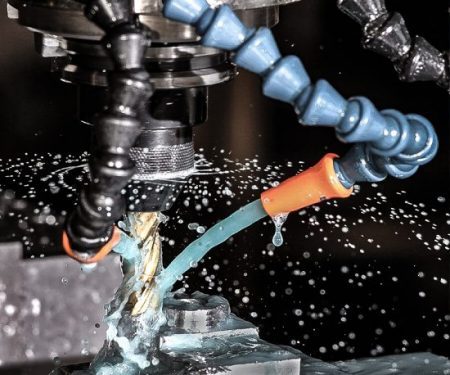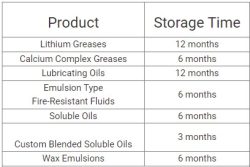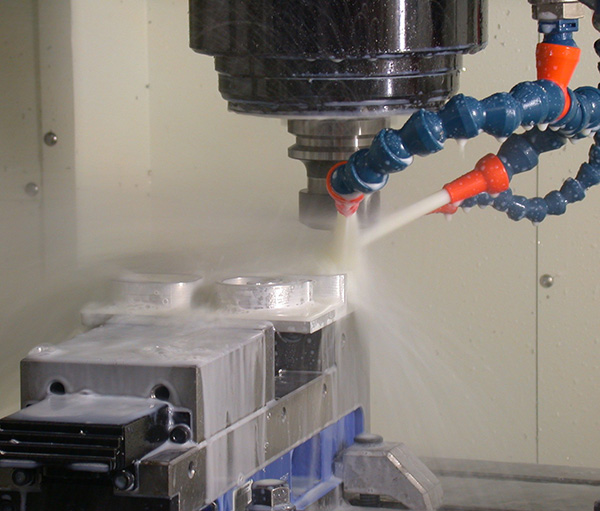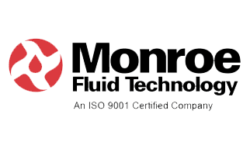Engine coolants, often referred to as antifreeze, play a critical role in maintaining the optimal temperature of a vehicle’s engine. Choosing the right coolant is essential for preventing overheating, corrosion, and ensuring efficient engine performance. In this guide, we’ll explore the different types of engine coolants, their applications, and key considerations for making an informed selection.
Types of Engine Coolants
-
Inorganic Acid Technology (IAT):
- Composition: IAT coolants typically consist of ethylene glycol as a base fluid with inorganic additives such as phosphates, borates, and silicates.
- Applications: Commonly used in older vehicles, IAT coolants provide basic corrosion protection but require more frequent replacement.
-
Organic Acid Technology (OAT):
- Composition: OAT coolants use organic acids, such as sebacate and 2-EHA, as additives along with a base fluid like ethylene glycol or propylene glycol.
- Applications: Recommended for modern vehicles, OAT coolants offer extended service intervals, improved corrosion protection, and compatibility with various metals.
-
Hybrid Organic Acid Technology (HOAT):
- Composition: HOAT coolants combine the features of IAT and OAT formulations, using both inorganic and organic additives.
- Applications: Suitable for a wide range of vehicles, including both older and newer models, HOAT coolants offer extended service life and robust corrosion protection.
-
Silicate-free (Si-OAT) or Phosphate-free (P-OAT) Coolants:
- Composition: Si-OAT and P-OAT coolants eliminate specific additives (silicates or phosphates) to address certain compatibility concerns.
- Applications: Useful in vehicles with aluminum components, as they reduce the risk of silicate gel formation, preventing radiator and heater core clogging.
Key Considerations for Choosing Engine Coolants:
-
Vehicle Compatibility:
- Different engine materials (aluminum, cast iron, copper) may require specific coolant formulations to prevent corrosion. Always refer to the vehicle’s manual for compatibility guidelines.
-
Service Intervals:
- Consider the maintenance schedule of your vehicles. OAT and HOAT coolants generally offer longer service intervals compared to traditional IAT formulations.
-
Temperature Range:
- Engine coolants must effectively protect against freezing in cold temperatures and overheating in hot conditions. Check the recommended temperature range for your region.
-
Additive Depletion:
- Over time, additives in coolants deplete, affecting their protective properties. Regularly check and, if needed, replace the coolant based on your vehicle’s maintenance schedule.
-
Environmental Impact:
- Some coolants are formulated to be more environmentally friendly. If this is a concern, look for biodegradable or non-toxic options.
Tips for Selecting Engine Coolants:
-
Follow Manufacturer Recommendations:
- Always refer to the vehicle manufacturer’s guidelines for the recommended coolant type and service intervals.
-
Consider Vehicle Age:
- Older vehicles may have specific coolant requirements. It’s crucial to choose a coolant that aligns with the needs of your specific vehicle.
-
Understand Coolant Color:
- Coolants come in various colors (green, orange, pink, blue). The color often indicates the type of additives used. Consult your vehicle manual to decode coolant colors.
-
Antifreeze-to-Water Ratio:
- Diluting coolant with water is essential, but the ratio can impact performance. Follow manufacturer recommendations for the correct antifreeze-to-water ratio.
-
Seek Professional Advice:
- If uncertain, consult with automotive professionals or coolant distributors. They can provide insights based on your specific vehicle and operational conditions.
Why Choose Twin Specialties Corporation
Twin Specialties Corporation, a leading lubricant and coolant distributor, offers a wide range of products from reputable manufacturers such as Peak, Shell, and others. Their experienced team can assist purchasing managers, maintenance managers, and fleet managers in selecting the most suitable engine coolant for their specific needs. Whether you require a high-performance OAT coolant or a specialized Si-OAT formulation, Twin Specialties ensures access to top-quality products and expert guidance.
Conclusion
Selecting the right engine coolant is crucial for maintaining the health of your vehicles and preventing costly repairs. Understanding the differences between IAT, OAT, HOAT, and specialized formulations allows for informed decision-making. For further assistance and to explore a diverse range of engine coolants, contact Twin Specialties Corporation. Trust in their expertise and the quality brands they offer to keep your fleet running smoothly.








 Twin Specialties is an authorized distributor for Monroe Fluid coolants, oils, rust preventatives, and industrial cleaners. Contact Twin Specialties to learn more about Monroe Fluid’s product line and learn about our sampling and testing programs. Check out Twin Specialties’ catalog of
Twin Specialties is an authorized distributor for Monroe Fluid coolants, oils, rust preventatives, and industrial cleaners. Contact Twin Specialties to learn more about Monroe Fluid’s product line and learn about our sampling and testing programs. Check out Twin Specialties’ catalog of